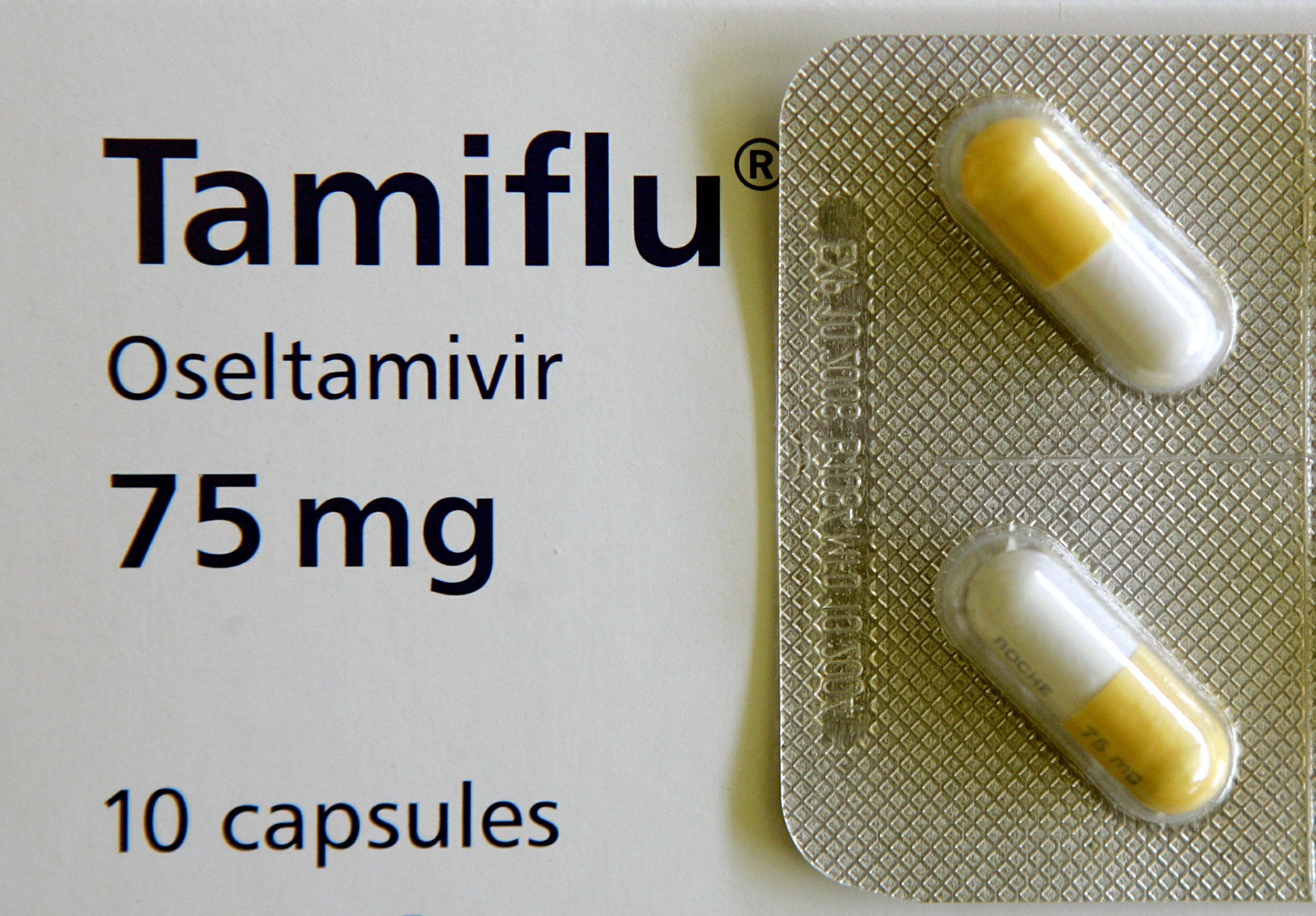
by admin | Dec 16, 2014 | Natural Facts, Prescription Drugs
Introduction Oseltamivir, brand name Tamiflu, was released onto the market in 1999 for the treatment of influenza. Despite is wild popularity – over 6 billion prescriptions for a 5 day course costs about $135 – results from detailed analysis have called its...

by admin | Dec 15, 2014 | Psychological Health
A major cause of stress for most people is the realm of interpersonal relationships. Whether with your partner, at home with family members, with friends, and on the job, relationships are tough. Everyone has unique needs and desires, and unique ways of expressing...

by admin | Dec 9, 2014 | Natural Facts
Introduction: Exercise is a critical component to a health promoting lifestyle and its beneficial impact for weight management is without question. A new study, however, shows that exercise influences a lot more than metabolism and burning extra calories. It can...

by admin | Dec 2, 2014 | Natural Facts, Prescription Drugs
Introduction: In the late 1990s, St. John’s wort (SJW) extract rocketed to tremendous success in the United States and Europe as a natural anti-depressant, but a dubious 2002 study funded by the drug company giant Pfizer, led to a crushing 97% drop in its popularity...

by admin | Nov 25, 2014 | Psychological Health
Introduction One of Plato’s greatest observations was that “a grateful mind is a great mind which eventually attracts to itself great things. There is a growing large body of recent scientific work showing that people who are more grateful and kind have higher levels...








